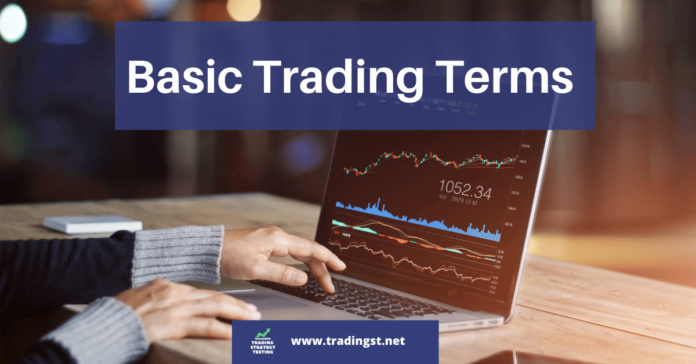Basic Trading Terms
In this section, we are going to discuss some basic terminology.
- Cross rate. This is the value of one currency expressed in another. Commonly, you will find a cross rate to be expressed in the following manner: CHFEUR. In this example, the Swiss Franc (CHF) is expressed in terms of the Euro (EUR). Therefore, when reading the cross rate, you get the value of the Swiss Franc expressed in Euros. So, a cross rate of 1.15 means that for every CHF, you get 1.15 EUR.
- Exchange Rate. Exchange rates serve to determine the relative price of one currency in terms of another. Now, you might think that cross rates and exchange rates are the same things. On the surface, they are. The difference lies in that cross rates just compare the value of one currency to another. In fact, you might find that currencies that don’t have an exchange rate between them may be to peg their value to a third currency such as the US Dollar. In this case, exchange rates refer specifically to the valuation between two currencies without having to use a third one as a reference. For instance, the exchange rate for the USDEUR pairing may be 0.90. This means that you get 90 cents on the Euro for every US Dollar. Also, cross rates are not necessarily negotiable. However, exchange rates are subject to market forces and can shift at any time.
- Leverage. In essence, leverage means that you enter a trade that is greater than the actual amount of money you are investing in. For instance, if you have $100 for a trade, you enter a position that’s $1,000. This is a 10 x 1 leverage. If you win, you collect your earnings on $1,000 and not $100. However, if you lose, then you will have to make up the difference of $1,000. In this scenario, you could end up completely wiped out. Novice investors are not cleared to trade using leverage. You need to build up your reputation, so to speak. Also, some trading platforms may ask you to deposit a sum of money as a guarantee that you can cover your margins should you fail to win a trade on leverage. If you trade on leverage and cannot cover the margin, then your positions will be automatically liquidated, and your account may be suspended.
- PIP. This is the term used to refer to the “points in percentage” that you can expect to see in the trades you make. Commonly, these points are referred to as “pips.” These are relative terms depending on the valuation of the currency. In some cases, a pip may be equal to a penny. In others, it may refer to 1/100th of a penny. It all depends on the relative valuation of one currency with regard to another.
- Margin. This refers to the amount of money you need to have deposited in your account. Some platforms require new investors to have a 100% margin. This means that if you deposit $100, you can only trade up to $100. If you have 1%, then you can trade up to $10,000. This means that you don’t actually need to have the $10,000 to open a position valued at $10,000. All you need is to have the requisite funds deposited. However, if you should lose out on the deal, you will face a “margin call.” In this case, you will have to pony up the cash to cover the margin call. Otherwise, your account may even be canceled.
- Spread. This is the difference between the buy and sell quote of a currency pair. The difference is expressed in terms of pips. For instance, is you have a pairing such as AUDCDN expressed as 1.17/04, it means that the upper and lower limits on the deal are 1.1700 – 1.1704. To break even, your deal must make at least 4 pips.








